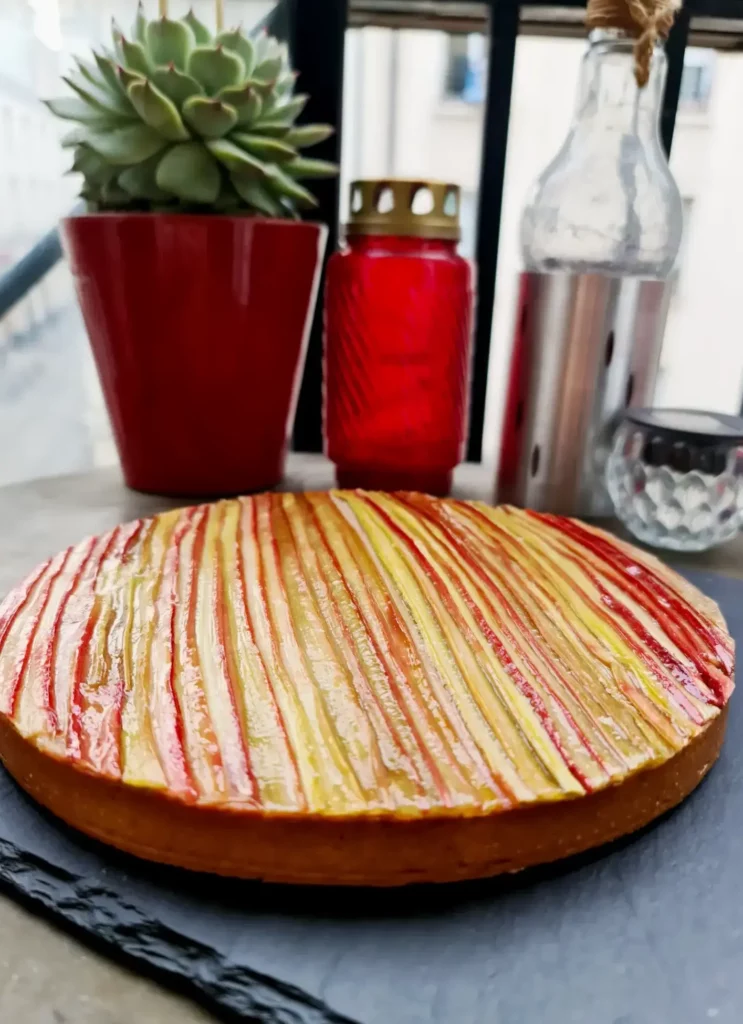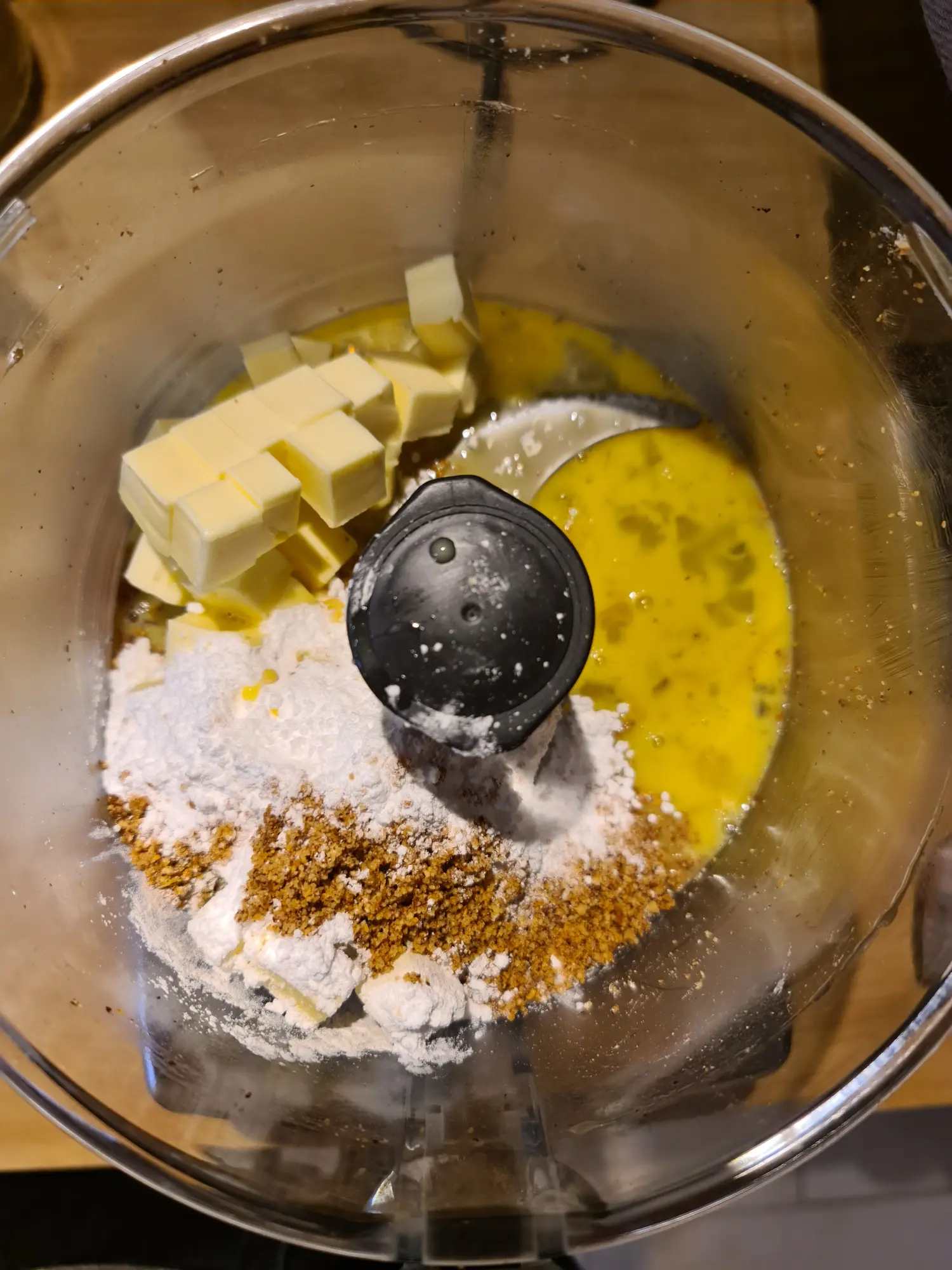
Rhubarb... an interesting fruit, rhubarb. Indeed, if you ask around, you will quickly realize that many people do not like this fruit, or have never tasted it (at least not really tasted it, as candies and sodas do not count). Yet, it has many attributes, with a texture that can range from crunchy, to soft, to stewed, to jellied. It pairs wonderfully with strawberries and passion fruit ("Céleste", a heavenly combination by Pierre Hermé), and has an acidity that lends itself to a wide range of uses. I have had the opportunity to work with it in plated desserts, pastry, and cocktails, and it has never disappointed me, yet it retains this image of an undesired fruit, somewhat fallen into disuse.
However, it has its place on the finest tables in the world, in the best Michelin-starred restaurants, and the best pastry chefs have often given it a place of honor in their creations.
This recipe aims to restore its former glory, and whether you serve it as a dessert after a meal, or during tea-time accompanied by an excellent black tea, it will find its place in your collection of favorite desserts. Moreover, its graphic finish will impress your guests, and as always, a beautiful presentation ensures an excellent prelude to tasting.
The tart consists of a "Pâte Sucrée," an almond cream with olive oil, a rhubarb compote, and a topping of crystallized rhubarb strips.
The pâte sucrée (crust) provides the dessert with its crispy and crunchy texture and serves as the base of the dessert.
The almond cream with olive oil adds a "pasty" touch, offering texture and contrast between the crust and the compote. Slightly sweeter than the rest of the dessert, it brings a hint of sweetness and depth, effectively balancing the acidity of the rhubarb.
The rhubarb compote forms the "heart" of the dessert, where the full range of the fruit's flavor, texture, and acidity is revealed. It provides freshness, acidity, and a silky mouthfeel.
Finally, for the finish, a series of oven-crystallized rhubarb strips ensures the presence of the fruit in its "fresh" form, adding a slightly crunchy texture to complete the dessert and giving the tart its gastronomic, graphic presentation.

Put the butter, icing sugar, almond powder, salt, vanilla extract and whole egg in the mixer and mix until you get a smooth mix. There should be no piece of butter remaining.

Add the flour to the mixture, and mix for just a few seconds until combined.
Roll out two-thirds of the dough between two silicone sheets to a thickness of about 3mm, and do the same for the remaining third.
Put them in the fridge, and let them rest for at least 2 hours.

Remove the two silicone sheets containing the two-thirds of the dough, and gently peel off the top silicone sheet. Then cut the dough in the center with a tart ring.

Remove the dough from the fridge, gently peel off the top silicone sheet. Then place it back on top, flip the whole thing over, and gently peel off the other silicone sheet that is now on top.
Take a sharp knife and cut strips of dough 2.5cm wide (about 1 inch); the strips should be taller than the height of your tart ring.

Place the strips along the edge of the tart ring, ensuring they adhere well to the bottom of the tart and the edge of the tart ring. Slightly overlap the strips, then press with your fingers to seal them together.
Poke the dough with a fork.
Chill the tart crust in the fridge overnight (at least a few hours).
Pre-heat the oven at 160°C (320°F) in convection mode.
Slide the silicone sheet onto a baking sheet.
Put the baking sheet in the oven and cook for 25 minutes.
During cooking time, prepare the egg wash. Mix with a fork the egg yold and the liquid fresh cream

After 25 minutes of baking, remove the tart crust from the oven and let it cool for 10 minutes. Remove the tart ring, then lightly brush the crust with a pastry brush dipped in the egg wash.
Put back in the oven and cook for 10 minutes.
Let it cool.